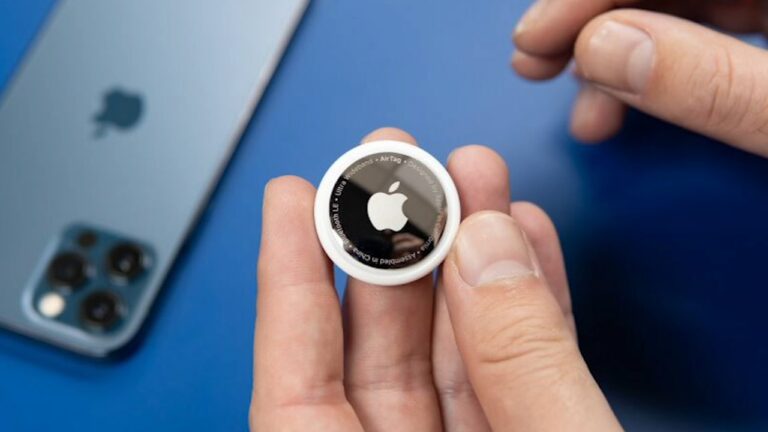The man must be cursing his relatives, because he’s not even the one who took the test.
Authorities were able to match DNA recovered from the crime scene to relatives of James Clanton. Clanton, now 62, committed the rape & murder in January of 1980.
To confirm the match, investigators followed Clanton, who was working as a truck driver, and took a sample of his DNA from a mug at a bar. This story alone could be a series book, seen from the eyes of the investigator. Each book could be a different crime. It would be set in space, or another planet, so the current laws wouldn’t apply and less research would be involved. Plus, space toys.
The only problem is the lack of quality from at-home genetic testing kits. This is why the investigators had to go through the trouble of confirming the man’s DNA before they could make the arrest. One woman, who thought she was 25% Italian, was told she was in fact 25% Middle Eastern instead. Then, in a follow-up report, 23andMe determined she was, in fact, Italian.
The problem? Her grandmother died refusing to believe the test, and in the end was correct.
My own experience with 23andMe was positive. The report came back and was able to pinpoint where my family was from in El Salvador within a few dozen miles. I was fascinated but also understand that a lot of the data they work with is self-reported. All these companies do is make the matches. So it’s easy to see how, without enough data, there can be discrepancies in results. Even with enough data, there are outliers that need to be accounted for and for these companies to make such sweeping generalizations has its downfalls.Taking it back into the story development realm, this lack of consistency could actually be a good way to provide plot twists within each investigation. Also, the main character could be forced to deal with their own inaccurate results, OR all the evidence could point to them and an entire book could deal with them clearing their name.


